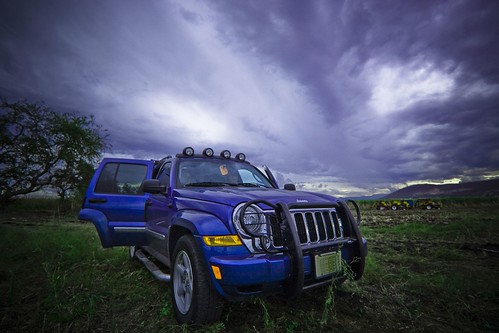 Cement is a problem
Cement is a problem Did you know that cement manufacture creates 5% of all industrial carbon dioxide emissions? That matches the pollution output of the world's aviation industry. What's more, both are set to increase, particularly in China. Construction inevitably means cement for mortar and concrete -- or does it? Certainly for the likes of high-rise city blocks, nuclear power stations and large dams, there's no alternative. But what about ordinary housing? How much concrete needs to be used in that?
Wood: a partial solution with a big bonus

Building houses out of wood is nothing new in timber-rich regions like Scandinavia and North America. Wood has many advantages over bricks, mortar, steel and concrete. For one thing, it's very easy to use so buildings can be completed in just weeks rather than months. When I 'built' my first house in western Canada back in 1971, it took 3 weeks to get the entire structure completed and watertight, ready for services to be installed. When I built my house in Spain in 1989, it took more like 6 months. Why? Because there was no wood used in my Spanish house at all, that being the local style of building. Prestressed concrete beams, which are used in large numbers, are incredibly heavy to manhandle into position or cast. So are blocks, bags of cement and making and carrying endless buckets of mortar. I worked on this house throughout the construction, so I know!
The hidden bonus of wood is that it is almost pure carbon. The growing tree grabs CO2 out of the air and converts it into sugars and, ultimately, to cellulose and lignin which is what we call wood. Everyone knows that trees sequester carbon and that they are one of several natural ecosystem services -- in this case, carbon sinks -- which counter climate change caused by humans burning fossil fuels. This is the rationale behing the burgeoning offsetting business. Plant a few trees and you can pollute as much as you want. That's what people seem to assume when guilt over squandering energy overcomes them a little.
The big issue: seeing the wood for the trees
Even if it were true that you can assuage your travel/consumer/heating/airconditioning energy use by offsets, there is one problem which seems not to enter general thinking. Natural forests are carbon neutral. As fast as young growing trees grab carbon, dead and decaying trees (and forest fires) release it again: the carbon cycle. To make sequestering carbon in trees really work to reduce atmospheric CO2, the mature trees need to be harvested and stored in such a way that they don't decompose and release all their carbon again. Carbon storage is what happened on a massive scale over hundreds of millions of years, as coal formed from dead but not decayed trees. The carbon has become safely locked away from oxidation into the atmosphere... until humans came along (and you know the rest). Yet when you think about it, we are storing carbon all the time -- in the form of timber-framed housing construction and, to a lesser extent, as books in the world's libraries.
So that's my point: countries which traditionally use cement in the form of concrete and mortar to build houses should change their construction practice and build from timber instead. This change of direction has several advantages:
- timber construction locks away carbon
- it's quicker and easier
- self-build is much easier and in some countries, you can buy housing kits to do this
- it is essentially non-polluting unlike cement-based constructions which cause massive CO2 releases into the air, principally from cement quarrying and manufacture
- if real environmental costs are taken into account, wood is far cheaper
- greater demand for timber would stimulate more forestry development with yet more sequestration of carbon as a bonus. At the same time, cement manufacture would decline as demand slackened off, so reducing carbon pollution
- timber can be re-used
- timber-framed buildings are intrinsically warmer than stone, brick, block and concrete. In addition, it is simple to incorporate insulation in the timber frame
- wood is a pleasant material to work with and beautiful to look at. Concrete is messy and heavy to move around
Yes I know concrete is essential for many purposes, including the foundations (footings) of timber-framed housing. My point is simply that we could use a lot less of it -- a lot less -- if we wanted to.












 What time of the year is it? It's 5th January, 2007. Today was mild and sunny and look what I found in full flower in one of the hedgerows: it's cow parsley (a member of the carrot family).
What time of the year is it? It's 5th January, 2007. Today was mild and sunny and look what I found in full flower in one of the hedgerows: it's cow parsley (a member of the carrot family). 



